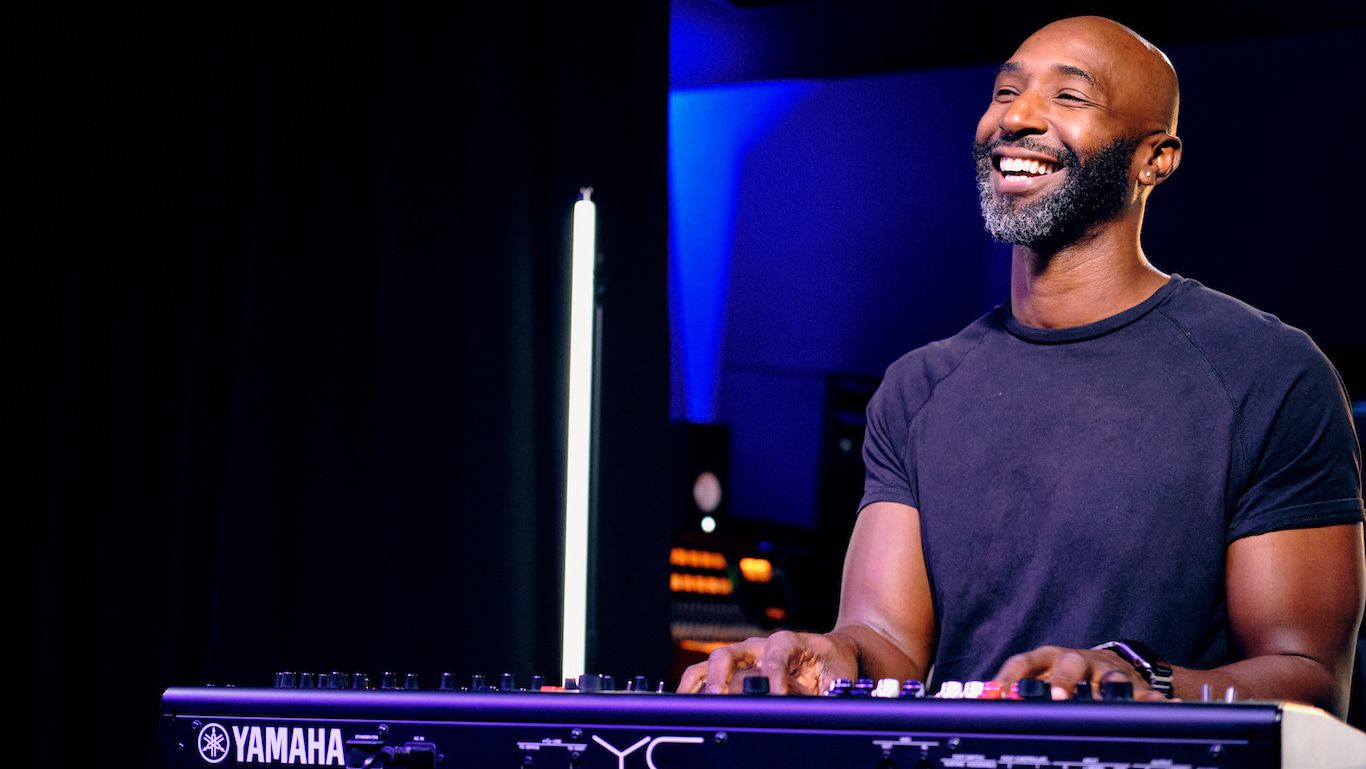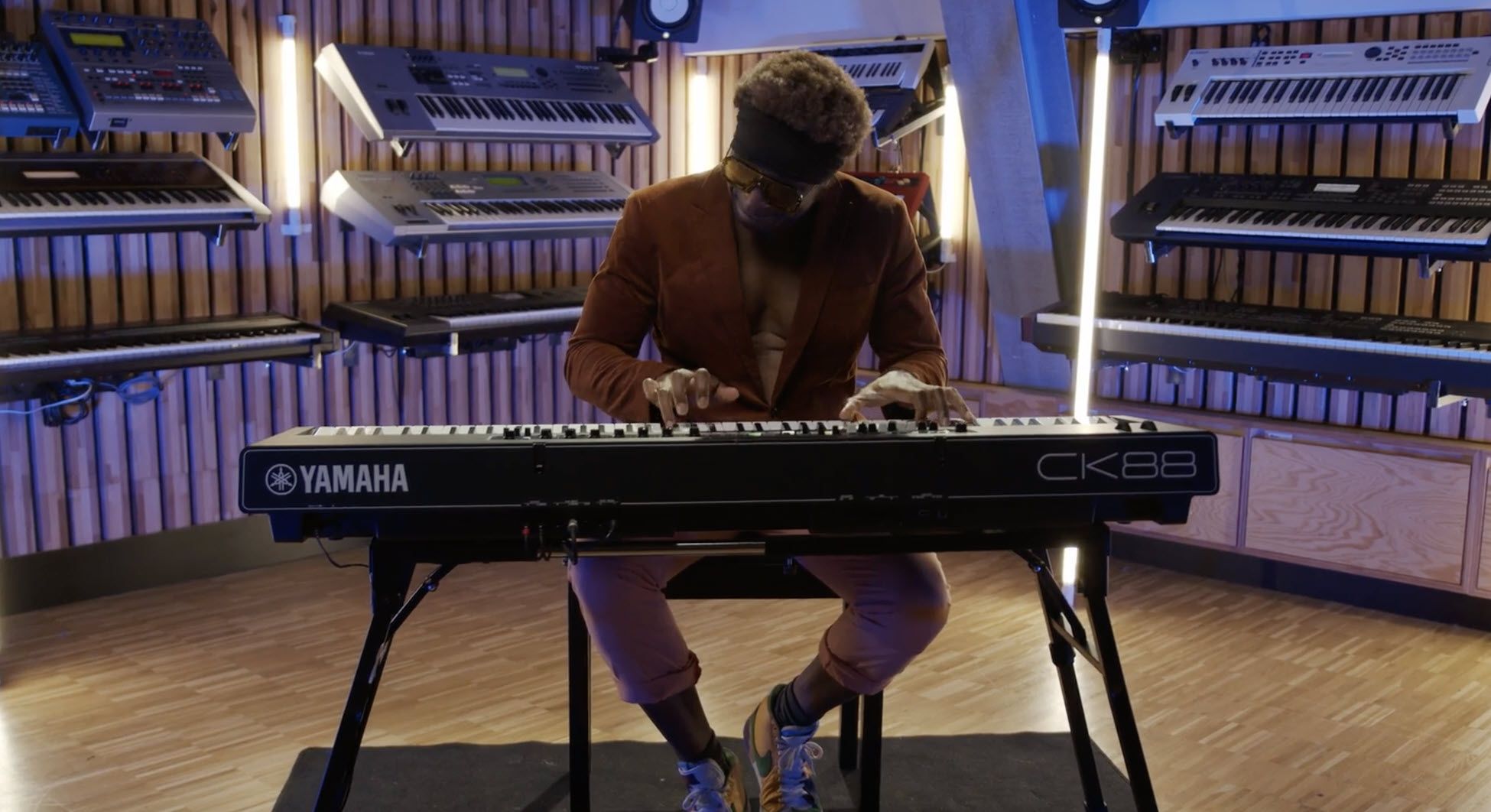Stan Lewis
Yamaha Artist Stan Lewis has played for a wide variety of artists in Gospel, R&B and Hip Hop. In his youth he played with R&B/Soul legend Solomon Burke and Natalie Cole. He continued to establish himself as a keyboardist for artists like Patti LaBelle, Mary J. Blige, Seal, P. Diddy and Kendrick Lamar.
Stan has played many Yamaha Synthesizers and Stage Pianos over the years. Stan’s Gospel background led him to the YC61. Check out Stan’s Signature Artist Sounds for the YC Series below.
“Stan’s Vibe”: Stan’s Vibe uses all three Parts. The H3 Organ is split with lower and upper manuals on the left and right. Additionally, Keys A/B are split with 73Rd electric piano on the right classic FM* BoogieBass on the left. The split point for the entire Live Set is F3. Play bass on the left, comp and solo on the right. It’s a great modern take on a classic organ and EP sound.
“Stan’s Jacket”: This Live Set uses “OB Brass 2” in Part A. Switch on Part B and you’ll have “FM* Piano DA” split to the right. It adds a cool FM EP sound to the punchy brass sound. The rotary speaker is assigned to Part B to give it some motion. This is a cool comp sound.
Check out all of Stan’s sounds on Soundmondo.

